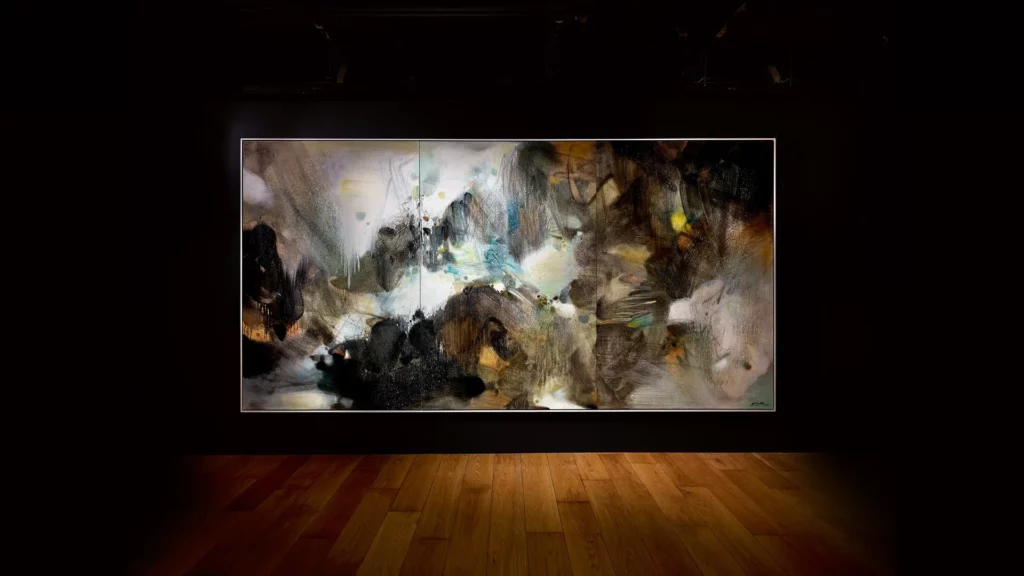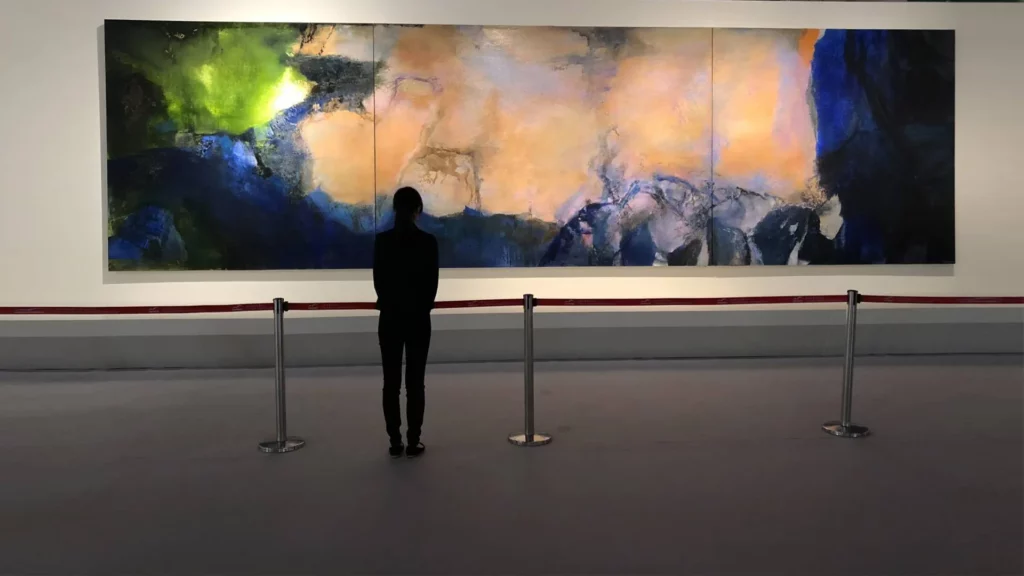Chu Teh-Chun was a Chinese-French artist and the first Chinese member of the French Academy. He and his best friends, Wu Guanzhong and Zao Wou-Ki, were known as the “Three Musketeers” of Chinese modernist art.
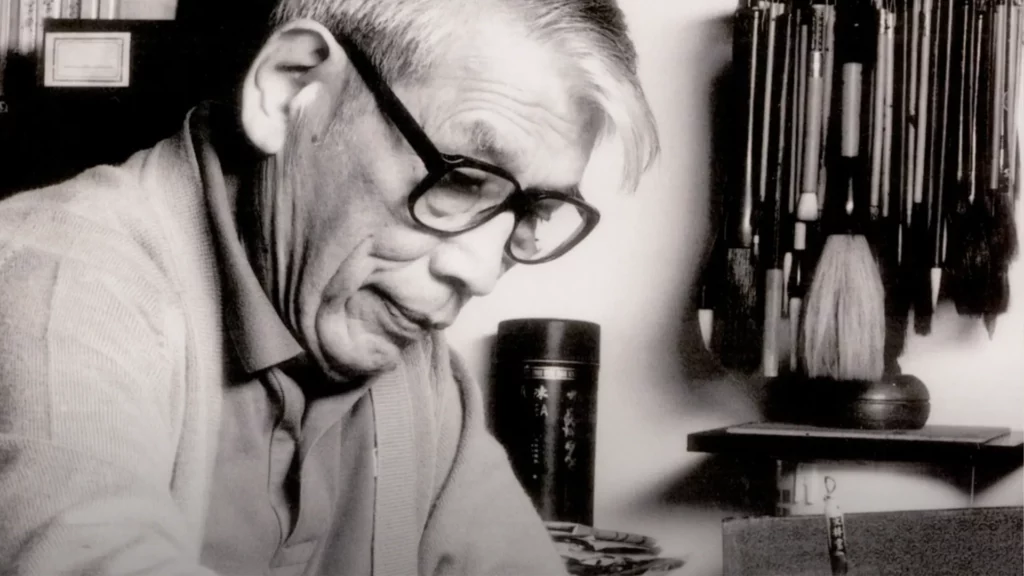
Artistic Sense and Exploration
Chu was born in 1920 in Jiangsu Province into a well-educated family of Traditional Chinese Medicine (TCM) practitioners. His grandfather and father were both practitioners of the art of TCM. At the age of five, Chu began studying in a private school set up by his family, where he began learning Chinese characters, calligraphy and Tang poetry. Chu’s artistic sense was influenced by his father who not only used to collect literary classics and paintings, but also was a painter and calligraphy artist himself. Such foundation built at a tender age supported Chu in applying his oriental traditional art knowledge in the West to create a fusion East-meets-West art style. In 1935, Chu enrolled in the National Hangzhou Fine Art College (now China Academy of Art), where he studied watercolor painting and oil painting. Thanks to his excellent results, he was appointed a teaching assistant after his graduation.
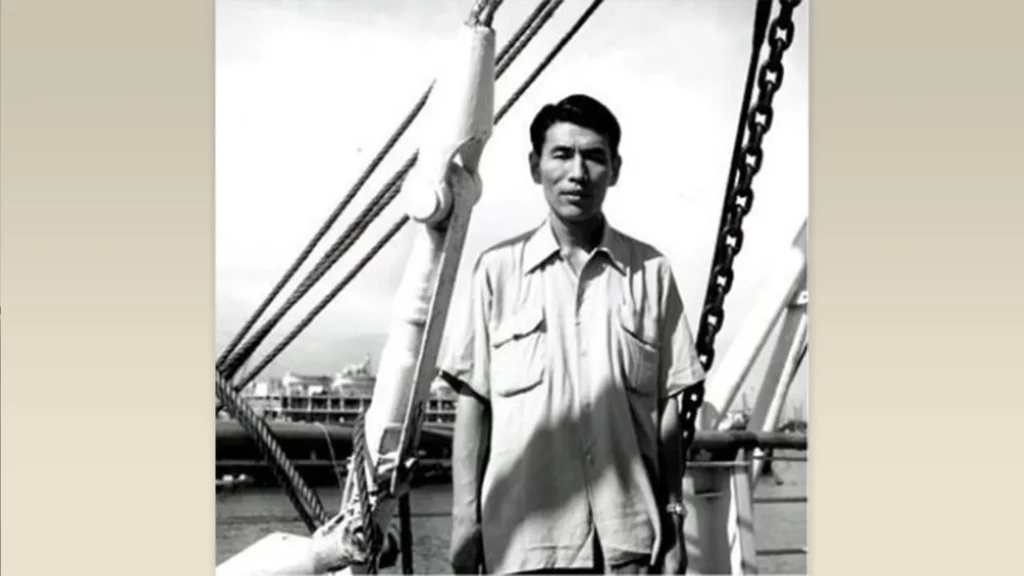
Chu moved to Taiwan in 1949, joining the National Taiwan Normal University where he taught Western-style painting. In 1954, he held his first major painting exhibition in Taipei, where his paintings were well received. In 1955, Chu gave up everything in Taiwan and headed for Paris, France, the capital of the arts in his view, to start his art career anew. Though he had to brace through a new beginning, Chu was able to make his works known in Paris thanks to his exceptional talent in art. While his artworks were winning awards, his painting style changed from classical realism to free-spirited abstraction.
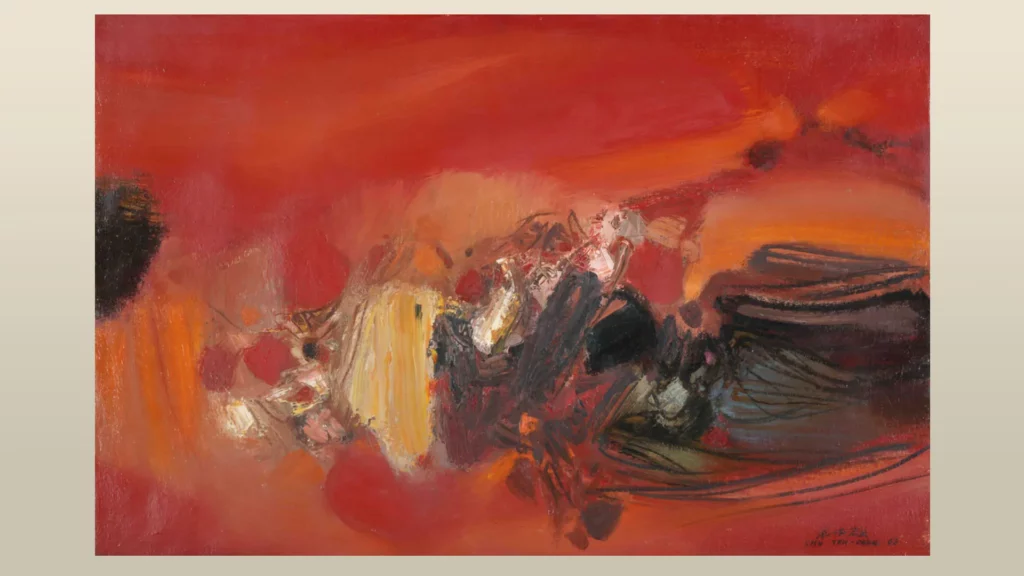
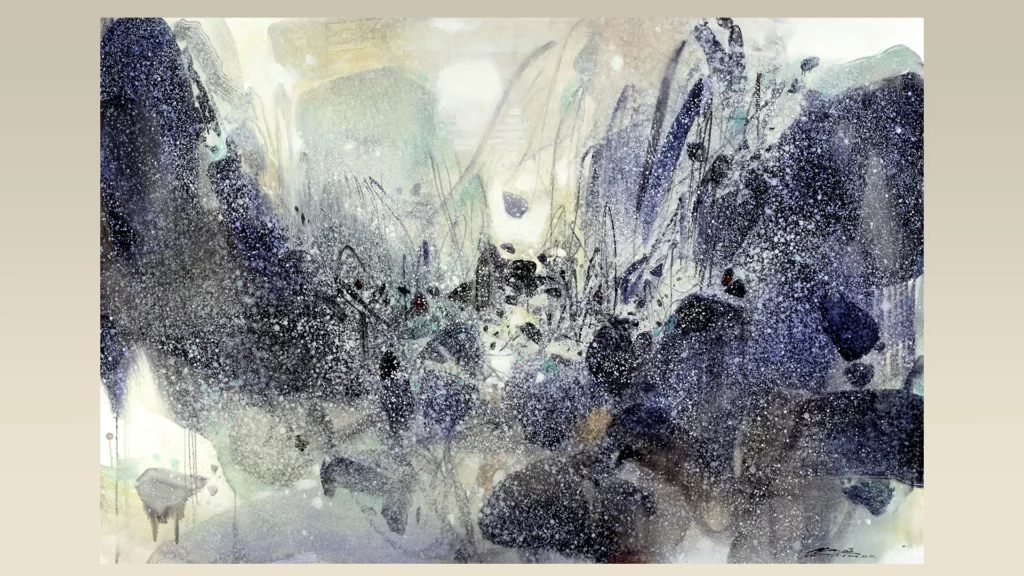
Abstraction and Poetry
Chu was awarded the silver medal in the Paris Salon for a painting of his wife, Tung Ching-Chao. The artwork was nicknamed the “Mona Lisa of the East.” At that time, his painting style was still considered the figurative style of the Paris Academy of the early 20th century. Later, he was inspired by Nicolas de Staël, a French-Russian painter, which led him to start exploring the abstract painting style. Not only did Chu attempt to combine traditional Chinese painting and calligraphy techniques with Western abstract art, but he also drew inspiration from classical Chinese poetry to create his unique Chu-style abstract paintings.
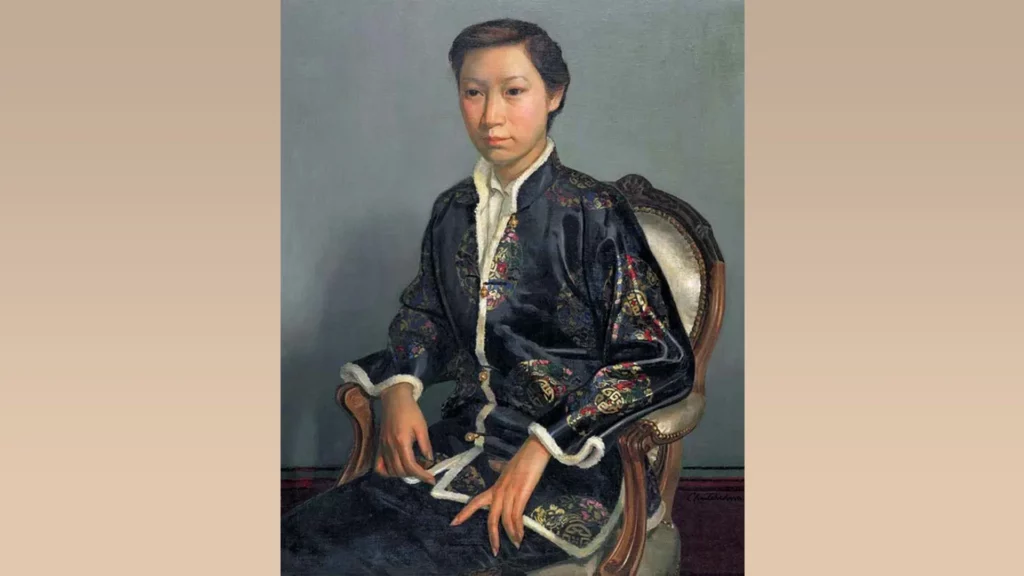
Chu’s paintings are known for featuring bold colors and unrestricted brush movements, creating the beauty of the interplay between light and shadow. Although his works are mainly in oil-painting style, they are rich in traditional Chinese culture, particularly the elements of Chinese ink painting. Chu also placed great importance on the conflict, contrast and blend of lines and color blocks to induce imagination and interest.
Chu’s works have been described by Jean-Clarence Lambert as having already “surpassed any fixed category of abstract art.” The poet and art critic said Chu’s art is “an unlimited space that is alive and filled with vitality and unceasing change.”
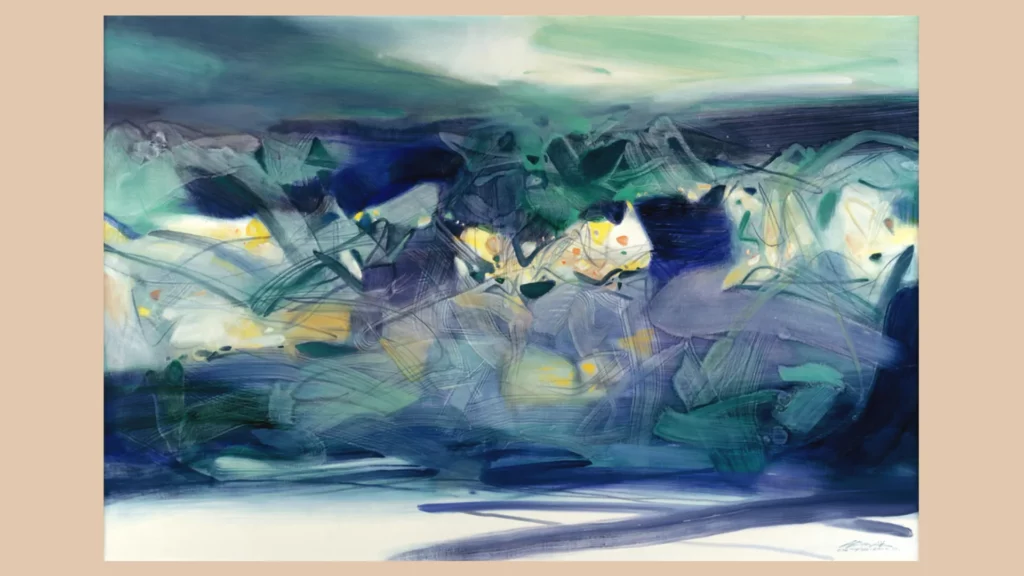
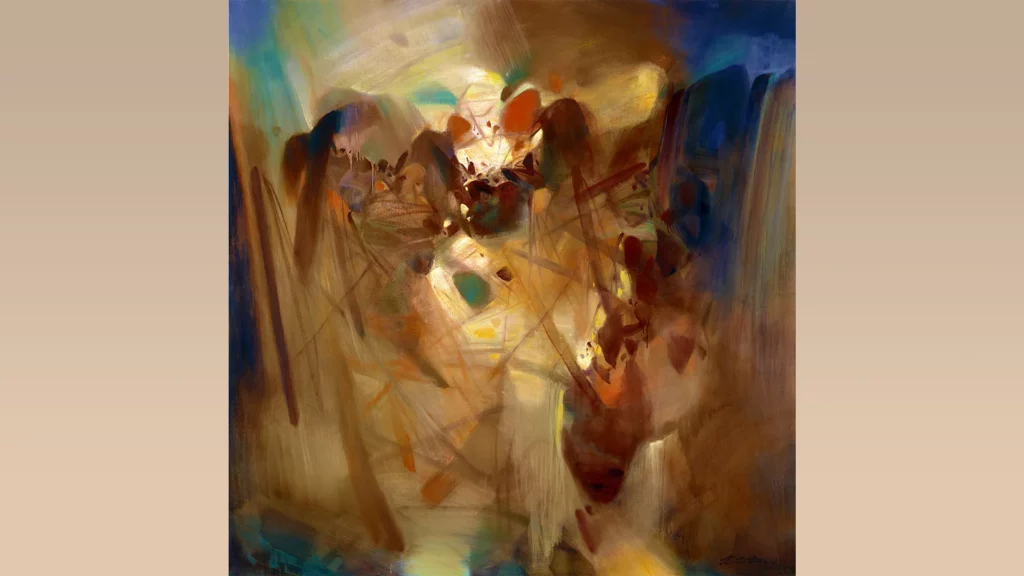
Passing and Living On
Chu was awarded the title of “Academician of the French Academy of Arts” by the French Academy, the highest institution in the French art world in 1997; he was the first Chinese to receive this honor. In 2001, he was awarded the Chevalier of the Legion of Honor, the highest achievement award in the French art world, by the president of the French Republic. In 2006, the president again awarded Chu the title of “Officer of the Order of National Merit.” In the same year, he was awarded the “European Gold Medal Merit” by the European Union in Luxembourg.
Chu won many awards throughout his life, and he also held more than 100 major exhibitions around the world. His paintings are also kept and displayed in more than 50 internationally renowned museums, such as The Museum of Art in Paris, Taipei Museum of History, St. Louis University, Belgium Museum of Modern Art, France National Foundation for Modern Art, and more. Lastly, his name has also been included in the International Biographical Dictionary and Who’s Who of Europe.
Chu passed away in Paris in 2014, and he will forever be remembered as a great artist who produced great works that have influenced the world of art.
